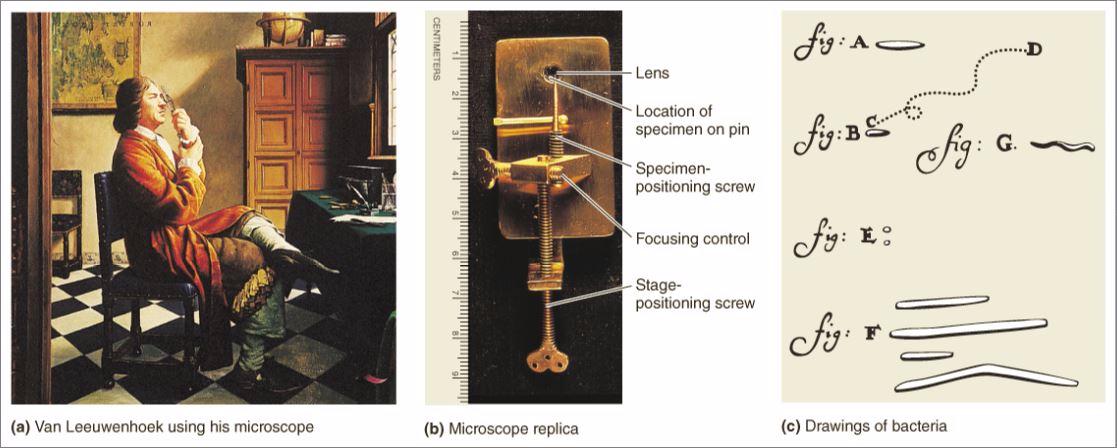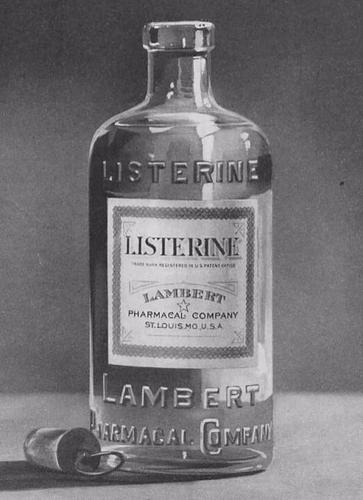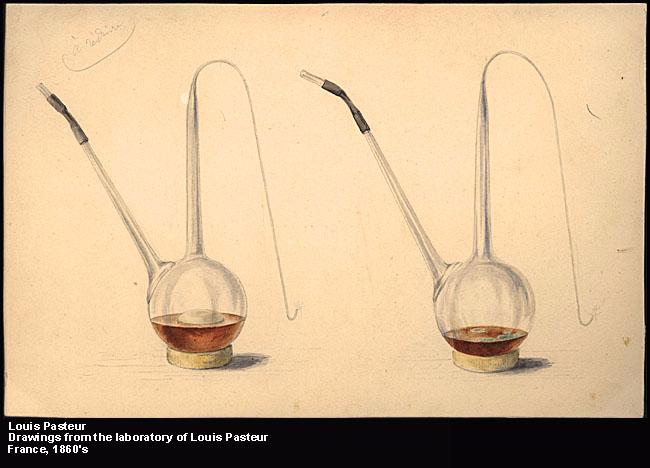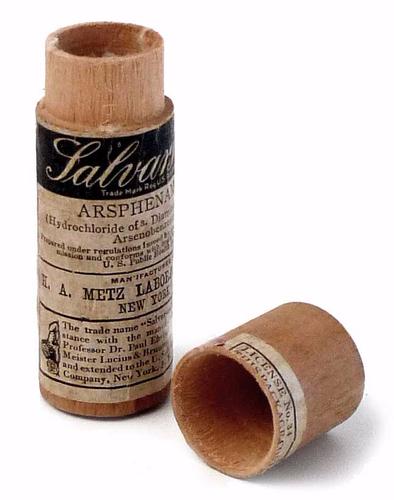1665: Robert Hooke was viewing a thin slice of cork through a microscope and found the cork was comprised of structural units that he called cells.
This led to the development of cell theory--the theory that all living things are composed of cells.
All of these organisms fall under the category of microbe, or "minute living things that individually are usually too small to be seen with the unaided eye. "(Tortora, Page 2)
This is a timeline of the most influential scientists to advance the study of microbes.
1665: Robert Hooke was viewing a thin slice of cork through a microscope and found the cork was comprised of structural units that he called cells.
This led to the development of cell theory--the theory that all living things are composed of cells.

1673-1723: Anton van Leeuwenhoek was likely the first to observe live microbes through the more than 400 microscope he constructed. He wrote about "animalcules" and made detailed drawings of the organisms he was seeing. (Tortora, Page 7)
Approximately 1806: Edward Jenner tested a claim from a milkmaid that because she had already had cowpox she had a resistance to small pox. He inoculated a healthy 8-year-old volunteer with the cowpox. The boy did become "mildly sick", but then recovered. He never contracted smallpox. (Toratora, Pearson eBook)
1857: Louis Pasteur discovered that the process of fermentation, conversion of sugar into alcohol was completed by yeast. Prior to this, it was believed that the air did this. He further discovered that bacteria were responsible for the spoilage of the alcohol. This discovery lead to the link of microbes and chemical changes in organic materials.

1960's Joseph Lister Used germ theory, the theory that hypothesizes that microbes may cause disease, and Pasteur's work to support his theory about using disinfectants. He knew that carbolic acid otherwise known as phenol kills bacteria. He began using a phenol solution on surgical wounds and quickly reduced the number of infections and deaths associated with surgery. (Torator, Pearson ebook)

1861: Louis Pasteur did an experiment in which he boil beef broth in two distinct flasks. He sealed one flask. The other he left open. The open one in turn soon began growing microbes. The sealed one remained free of microbes. This lead him to draw the conclusion that there were microbes in the air and thus disproved spontaneous generation, or that some forms of life could spontaneously generate from nonliving matter. He then repeated the experiment with long necked flasks. The necks were bent into an s-shape so that oxygen could pass into the flask, but microbes in the air could not settle on the broth. He again boiled the beef broth. No microbes grew, ever. This proved to be sound evidence for the theory of biogenesis, or that life comes from life. This discovery also revealed the microbes can be destroyed by heat and thusly aseptic technique were formed. Aseptic Techniques are procedures that prevent the contamination by microbes. (Toratora, Pearson ebook)
1864: Louis Pasteur developed the process of pasteurization. This is a process by which a beer is heated enough to kill most of the potentially harmful bacteria.
1876: Robert Koch isolated Bacillus anthracis in the blood of dead cattle. He then injected these bacteria into healthy tissue of an animal. When this animal died it was determined that disease could be cause by microbes.
This lead to Koch's postulates, "a sequence of experimental steps for directly relating a specific microbe to a specific disease. (Toratora, Pearson eBook)

1910: Paul Ehrlich used salvarsan to treat syphillis. This was a stepping point to the use of synthetic drugs for treatment of disease(Toratora, Pearson eBook)
Alexander Fleming: discovered that Penicillium chrysogenum contaminated his culture plates, and the areas where it contaminated them were clear. This lead to the discovery of antibiotics for treatment of bacterial infections. (Toratora, Pearson eBook)
Tortora, Funke, Case (2016). Microbiology: An Introduction, 12/e, United States of America, Pearson